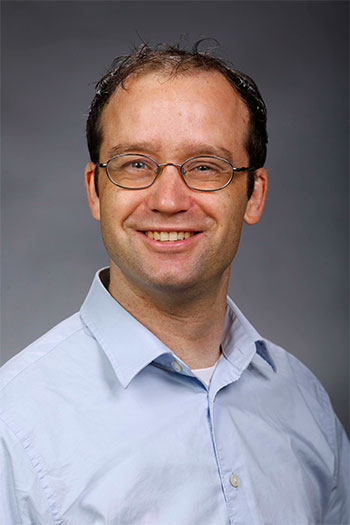Dr. Cozen joined the Department of Communication in 2017, after teaching at University
of Nevada, Las Vegas. Dr. Cozen’s research examines how communication mediates human-environment
relationships, particularly in relation to energy practice. This research focus ranges
from analyzing the television show Revolution and its collaboration with the United Nations’ energy access campaigns to interviews
with nuclear energy professionals. His work can be found in such journals as Argumentation and Advocacy, Communication Theory, Journal of Applied Communication Research, and Environmental Communication, and in such edited books as the Routledge Handbook of Energy Democracy. Dr. Cozen teaches courses in environmental communication and rhetoric, and especially
enjoys teaching pressing ecological issues in his home state of California.
Environmental Communication; Rhetorical Theory & Criticism; Energy Communication;
Mobility Studies; Participatory Critical Rhetoric
Recent publications:
- Cozen, B. (2022). The premise and the promise: Energy poverty, capabilities, and the
language of moral commitments. In A. M. Feldpausch-Parker, D. Endres, T. R. Peterson,
& S. L. Gomez (Eds.), Routledge handbook of energy democracy (pp. 105-118). Routledge. https://www.routledge.com/Routledge-Handbook-of-Energy-Democracy/Feldpausch-Parker-Endres-Peterson-Gomez/p/book/9781138392250
- Cozen, B. (2018). Stabilizing energies: Intersections between energy promotion texts
and rhetorical theory. In B. McGreavy, J. Wells, G. F. McHendry, & S. Senda-Cook (Eds.),
Tracing rhetoric and material life: Ecological approaches (pp. 348 – 379). Palgrave Macmillan.
- Cozen, B., Endres, D., Peterson, T. R., Horton, C., & Barnett, J. T. (2018). Energy
communication: Theory and praxis toward a sustainable energy future. Environmental Communication, 12(3), 289 – 294. https://doi.org/10.1080/17524032.2017.1398176
- Cozen, B. (2017). Facting fiction: Revolution, the United Nations, and cultural politics of electricity. Critical Studies in Media Communication. 34(4), 329 – 343. https://dx.doi.org/10.1080/15295036.2017.1325510
